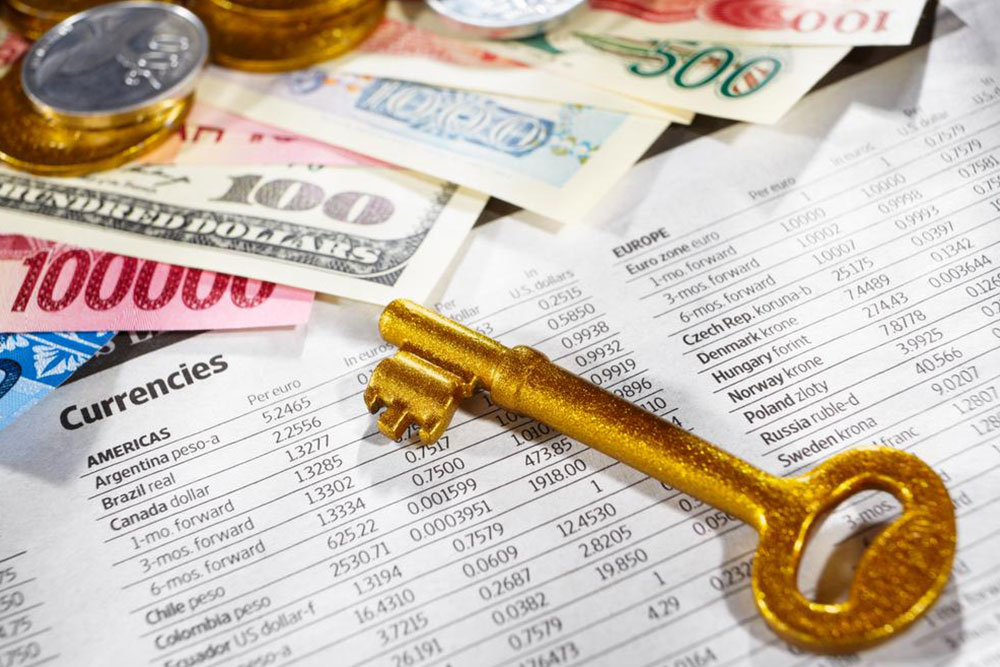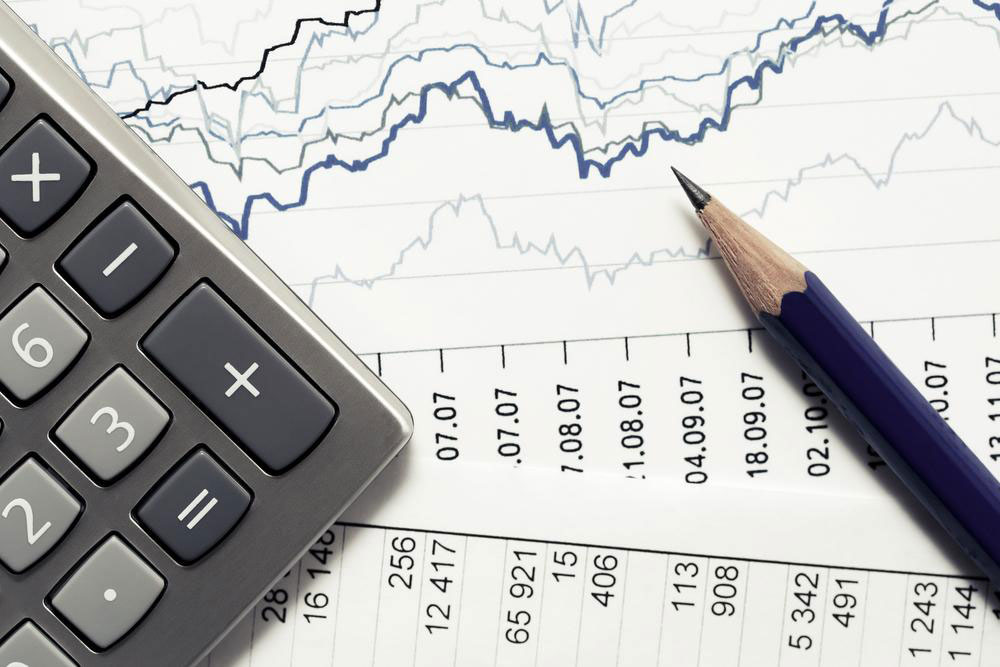Comprehensive Guide to Currency Market Dynamics and Investment Tactics
Explore this detailed guide on currency market dynamics, covering spot, futures, and forward trading, along with strategies for successful investment. Learn how technology and analysis tools enhance trading decisions, and discover risk management techniques crucial for sustainability in forex trading.

Comprehensive Guide to Currency Market Dynamics and Investment Tactics
In today's interconnected world, currency trading has become an integral part of the global financial landscape. Thanks to rapid technological advancements, both individual investors and large organizations now have unprecedented access to the foreign exchange (forex) market. The evolution of trading platforms, real-time data analytics, and digital tools has transformed the way currencies are bought and sold. This comprehensive guide explores the intricacies of currency market dynamics and provides strategic insights for successful investments.
At the core of currency trading is the spot forex market, where currencies are exchanged instantly or within a short period at prevailing market rates. This market is highly liquid, with billions of dollars changing hands daily, making it an attractive arena for traders seeking quick profits. The spot market operates on real-time data influenced by multiple factors including economic indicators, geopolitical developments, and monetary policies. Market participants range from individual traders using online platforms to multinational banks engaging in large-scale transactions.
Beyond the spot market, there are other complex financial instruments designed for hedging or speculation. The futures market allows traders to agree on a specific price today for a transaction that will occur at a future date. These contracts are standardized and traded on organized exchanges, providing a regulated environment that reduces counterparty risk. Meanwhile, forward contracts are customized agreements between two parties to buy or sell currency at a pre-agreed rate at a future date. These are particularly popular among multinational corporations looking to hedge currency exposure caused by international trade.
Successful trading in the currency markets hinges on several vital factors. First, strategic organization and disciplined planning are indispensable. Traders must develop detailed trading plans, including entry and exit criteria, risk management protocols, and profit targets. Second, thorough market analysis is crucial, relying on technical analysis—studying price charts and patterns—and fundamental analysis—evaluating economic indicators and geopolitical news. Lastly, maintaining stability is key; traders need to stay calm and avoid impulsive decisions driven by market volatility. Recognizing optimal moments to enter or exit trades can significantly enhance profitability.
Risk management forms the backbone of sustainable trading. Employing tools like stop-loss orders to limit potential losses, and position sizing to control exposure, helps protect capital. Additionally, staying informed about global economic trends and central bank policies enables traders to anticipate currency movements more accurately. With a balanced approach combining technology, analysis, and prudent judgment, investors can navigate the complexities of the forex market effectively.





